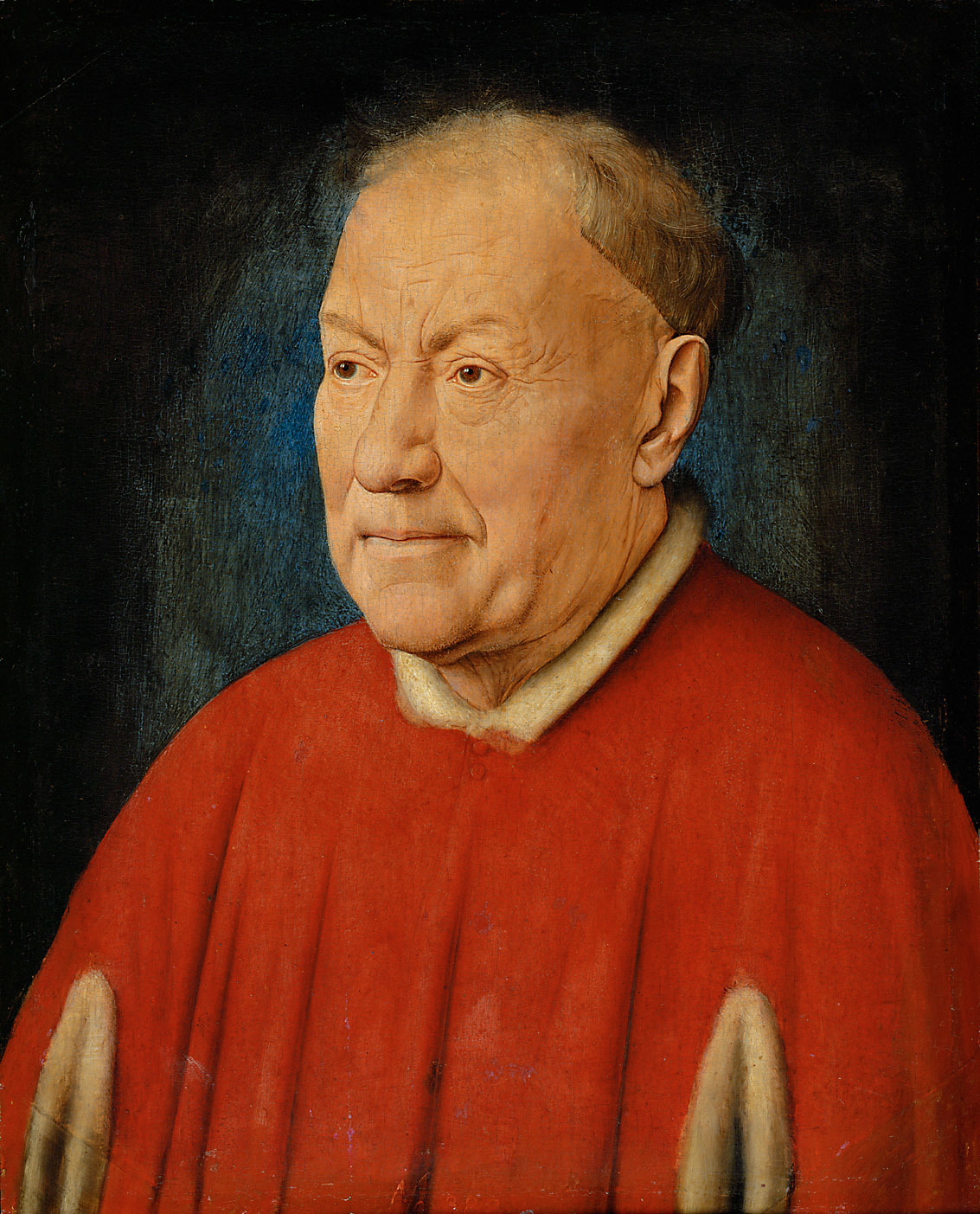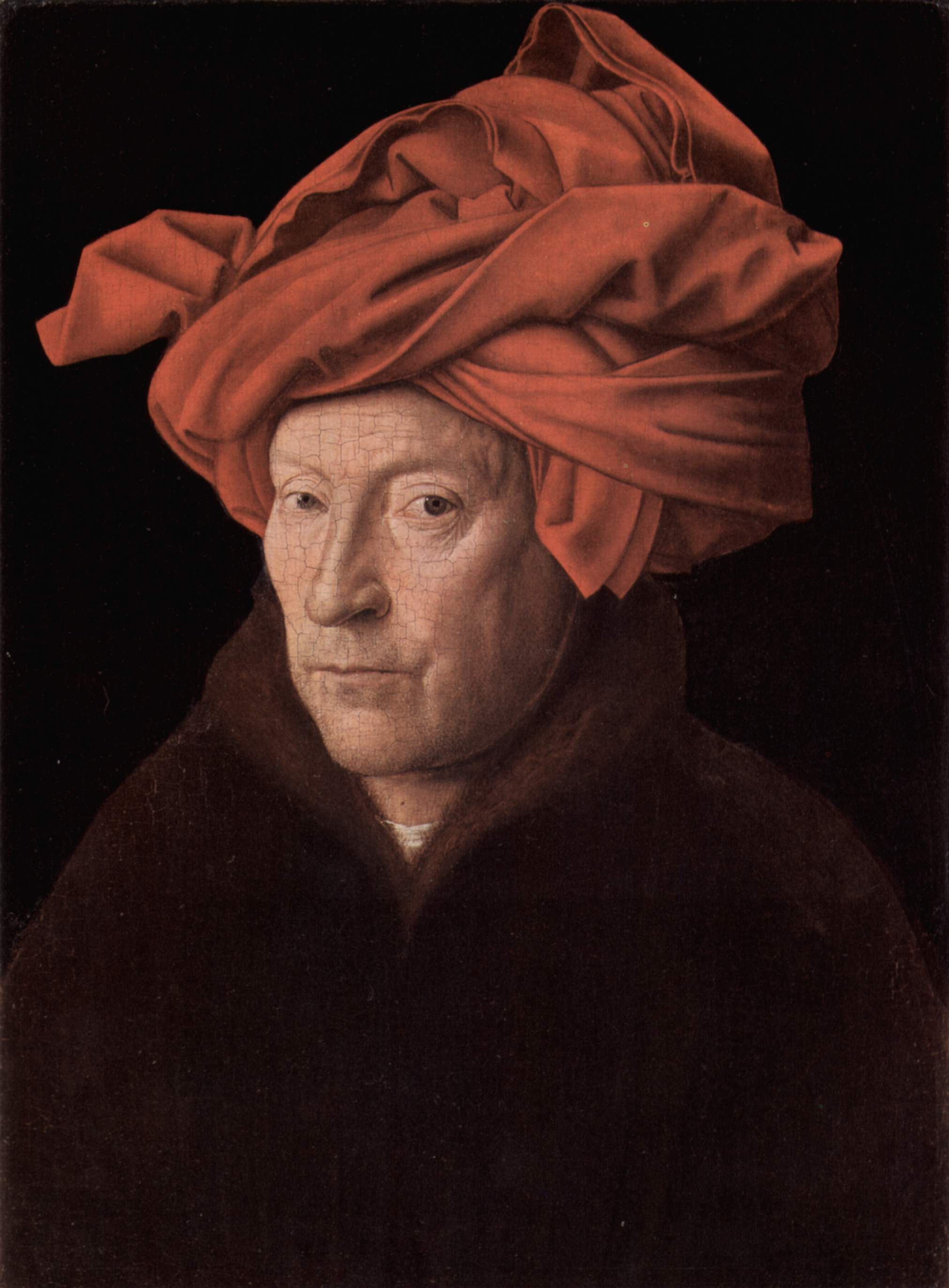Today we present another piece from the collection of Kunsthistorisches Museum in Vienna - like we will do each Sunday for another two weeks. Today we present this exquisite portrait by the 15th century master, Jan van Eyck. Enjoy!
In 1435 Jan van Eyck travelled from Bruges to Arras at the request of Duke Philip the Good of Burgundy (whose privileged court painter he had been for ten years). During a peace congress that was seeking to bring an end to decades of enmity between France and Burgundy, van Eyck painted portraits of some of those in attendance. Among those attendees was Cardinal Niccolò Albergati, who in his position as nuncio was one the most important participants in the negotiations.
While in Arras, van Eyck created a silverpoint drawing (Dresden, Staatliche Kunstsammlungen, Kupferstichkabinett) that, most probably, depicts the cardinal. Here the Flemish painter not only captured the physiognomy of an aged cleric but in his notes also specified the coloration. The painting was conceived several years after the encounter in Arras. Some experts have expressed conflicting opinions regarding the identity of the subject. Beginning in the 7th century a specific hairstyle was obligatory for all Christian clergyman: the so-called tonsure, in which a small round area at the crown of the head was shaved or shorn. The subject of the portrait however does not have this feature. His attire is equally unusual: fur trim is not traditionally part of a cardinal’s vestment.
With consistent realism and accuracy down to the smallest detail, van Eyck depicts the distinctive and somewhat coarse features of the cleric. The monochrome, dark background focuses the viewer’s concentration on the subject’s face. Contrary to a myth in art history, van Eyck did not invent oil painting, i.e., the use of oil-soluble resins as binders. However, with the new technique he did introduce fine painting (which had already reached its full flowering in book illumination) to the larger format of panel painting. The thinly varnished application of pigments created a previously unknown lustre; additionally, this technique allowed van Eyck to achieve a high level of definition on extremely varied surfaces and to render exceptionally fine details.


 Jan van Eyck
Jan van Eyck